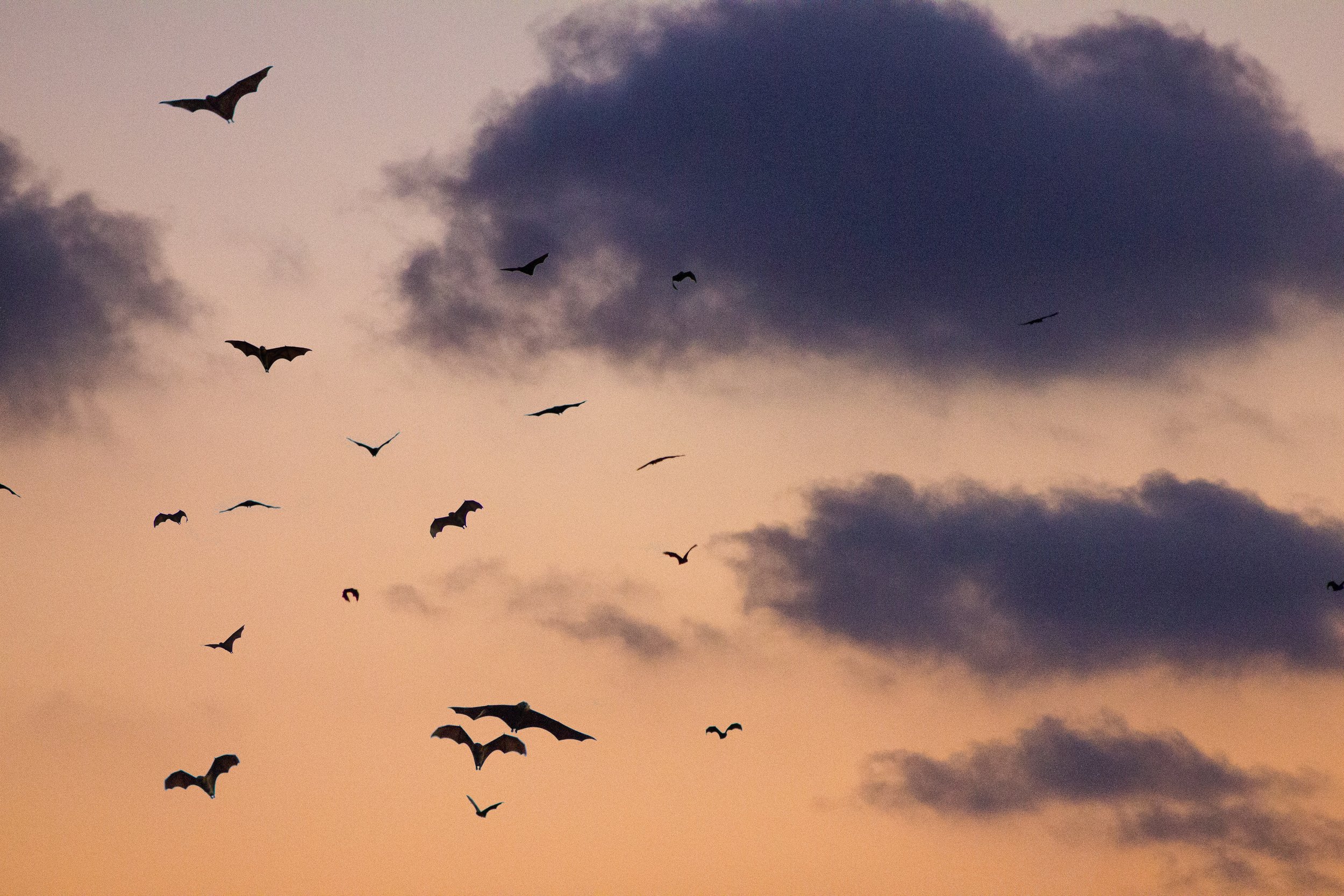
Bat Conservation
ERICD has in previous years distributed bat box kits that provide habitat for local bats. If you are interested in funding this program or have a woodworking or school group who could help us relaunch the program, please let us know! This program is currently inactive and therefore there are no bat box kits for sale. Click to contact us.
Bat Box Kit & Conservation FAQs
Why do we want to protect bats?
Pest control - bats eat mosquitos!
Seed dispersal
Why do we need to protect bats?
Population decrease due to habitat destruction and fragmentation
White-nose syndrome - a fungal disease
Present in all bat caves in Rhode Island
Bat habitat is constantly under threat with human development
Why do they need a bat box?
Box boxes provide optimal roosting conditions that might otherwise be hard for bats to find.
An accessible, high off the ground home is vital to their survival.
Boxes mimic the types of crevices found under the peeling bark of a dead or dying tree and similar places where bats like to roost.
How do I assemble my bat box?
Click here to view ERICD bat box kit assembly instructions or view video above.
Make sure to paint the outside a dark color to absorb heat!
Where do I put my bat box?
A sunny spot (at least six hours of sunlight per day, specifically facing south, east, or southeast)
At least 15 feet off the ground (to protect against predators)
Ideally near a water source (so the mother bat doesn't have to leave her young for too long)
Not too close to woods, so it's easy to find
Mount on a post (wood or steel) or on the side of a building
Do NOT mount on a tree (branches may block light or obstruct flight and predators may be in trees)
Check out this website for more on attracting bats to your bat house
Do I need to put bat food or guano to attract bats?
No, bats will find new roosting sites on their own without guano or food lures.
What types of plants can I plant to attract bats?
Flowers that release scent at night (sweet rocket and soapwort)
Plants with blooms that are pale in colors (dahlia, thyme, raspberry, or honeysuckle)
Plants that attract insects (all Rhode Island bats are insectivores!)
What types of bats can I expect here in Rhode Island?
Big brown bat (Eptesicus fuscus)
Silver-haired bat (Lasionycteris noctivagans)
Eastern red bat (Lasiurus borealis)
Hoary bat (Lasiurus cinereus)
Eastern small-footed bat (Myotis leibii)
Little brown bat (Myotis lucifugus)
Northern long-eared bat (Myotis septentrionalis)
Tri-colored bat (Perimyotis subflavus)
For more information on bats of Rhode Island, see "Bats of Rhode Island"



